ChBE Department Update - Summer 2014
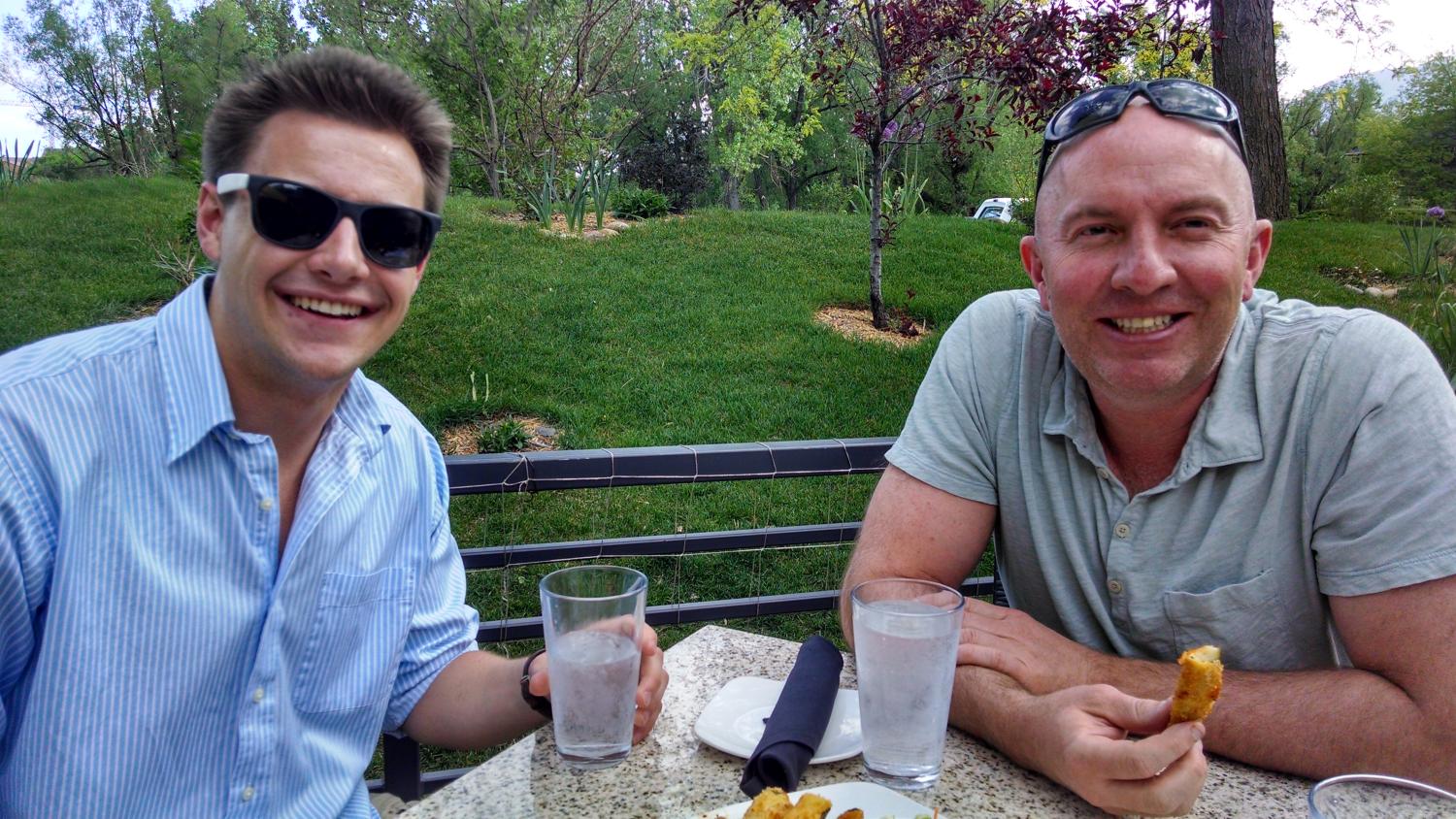
Mentoring Program Connects Alumni and Students
Six months after it was first implemented, ChBE’s mentoring program is proving to be beneficial to student and alumni participants alike.
“This program provides an ideal outlet to give back to the younger generation of engineers and makes you feel great sharing and helping others,” says Jay Witherspoon (ChemEngr’81).
The ChBE Alumni Student Mentoring Program (ASMP) was first proposed by the department’s External Advisory Board in 2013. Since it was rolled out to sophomores and juniors in the spring of 2014, 65 students have been matched with alumni mentors.
Through the ASMP, alumni are able to impart advice and information on career options and professional etiquette that students do not normally get in the classroom.
"The program has allowed me to gain valuable insight into starting an international engineering career from an experienced professional," says senior Brita Salzmann.
>> Who won the first annual ChBE Distinguished Mentor Award and how can you become a mentor?
Watching Molecules Hop
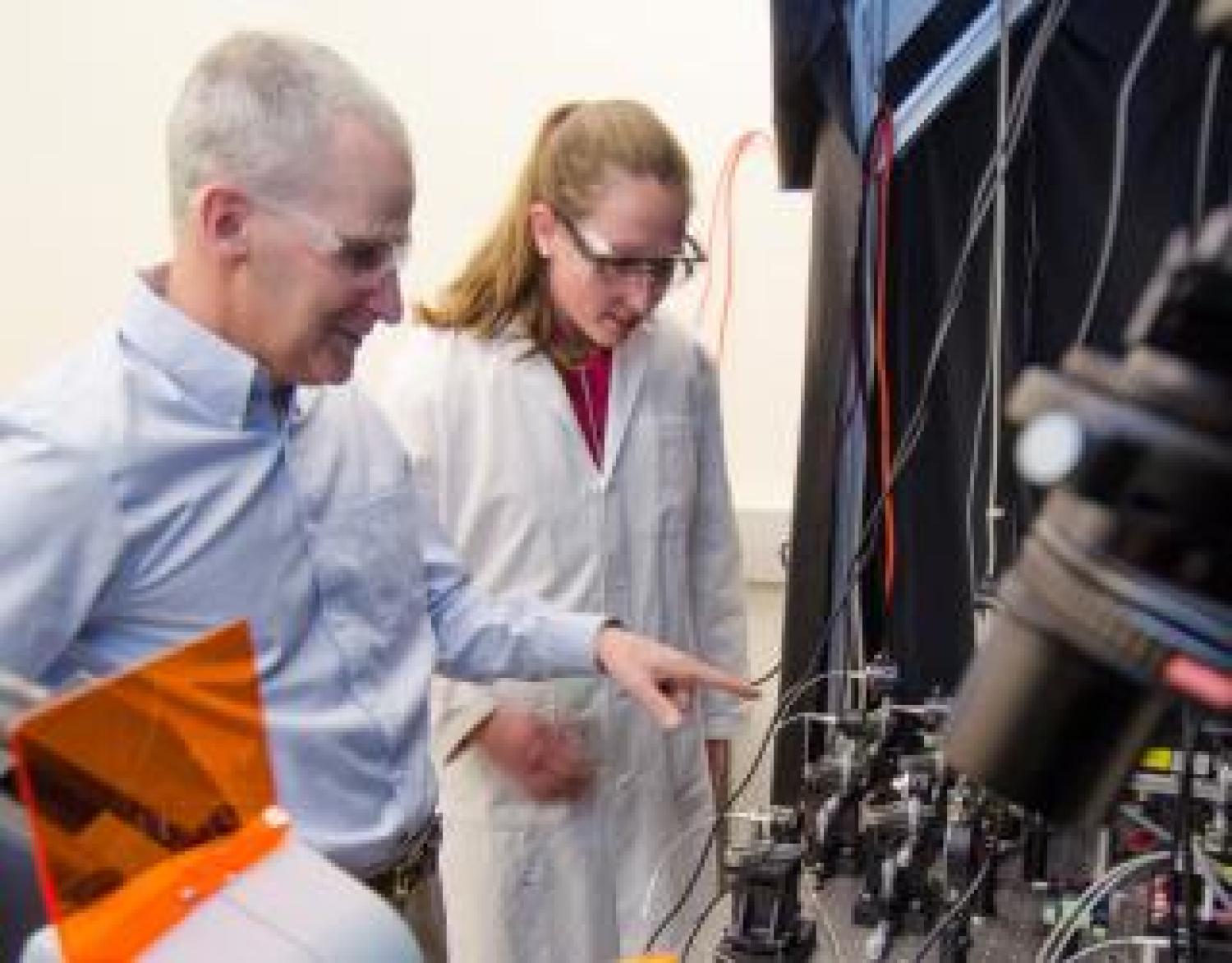
Department Chair and Alfred T. and Betty E. Look Professor Dan Schwartz and his research group have developed a method to dynamically track single molecules using total internal reflection fluorescence microscopy (TIRFM), and their results are surprising.
“Traditionally, molecules were thought to move on surfaces via a continuous two-dimensional random walk, analogous to the Brownian motion of dust particles one sees in a beam of sunlight,” explains Schwartz. “Instead, we have found that molecules actually engage in intermittent hopping from location to location on the surface.
“This means that molecules can explore a surface much more efficiently than previously thought, which has important implications for catalysis and bio-sensing in particular. Interestingly, a very similar type of motion has evolved in seabirds and other foraging animals that search for sparsely-distributed resources.”
The applications of single-molecule TIRFM for the better design of non-fouling materials and coatings for filters, packaging, drugs, foods and medical devices earned Schwartz recognition in the National Science Foundation’s 2014 Compendium of Technological Breakthroughs. Recent publications by Schwartz’s group have led to important advances in DNA-based biotechnology, biomaterials and polymer coating/lubrication, further illustrating the widespread relevance of this research.
Former Faculty and Staff Now

Professor Paul Barrick passed away a few years ago. He was in his early 90s.
Professor Lee Brown and his wife reside in Albuquerque, within walking distance of the University of New Mexico where Brown has an appointment as a research professor in the Department of Chemical and Biological Engineering. He confers with the department’s kinetics group as often as time and health permit.
Professor Jim Carley is living in Tucson, Ariz., at the distinguished age of 91.
Instrument Maker Willy Grothe is still machining from the comfort of home. He is listed on a 2014 patent for a process led by the Weimer group that uses concentrated sunlight to form syngas or hydrogen.
Professor R. Curt Johnson (retired 1986) died in 2003 at the age of 81.
Professor Bill Krantz (retired 1999) spent 32 years in ChBE. Since 2009, he has been a visiting professor at the Singapore Membrane Technology Center at Nanyang Technological University, where he is involved in research on water treatment and desalination. His idea for cryogels led to an Environmental Science & Technology (ES&T) paper voted as the publication’s 2013 Best Paper on Environmental Technology and highlighted by Nature.
Focus on Award-Winning Graduate Students
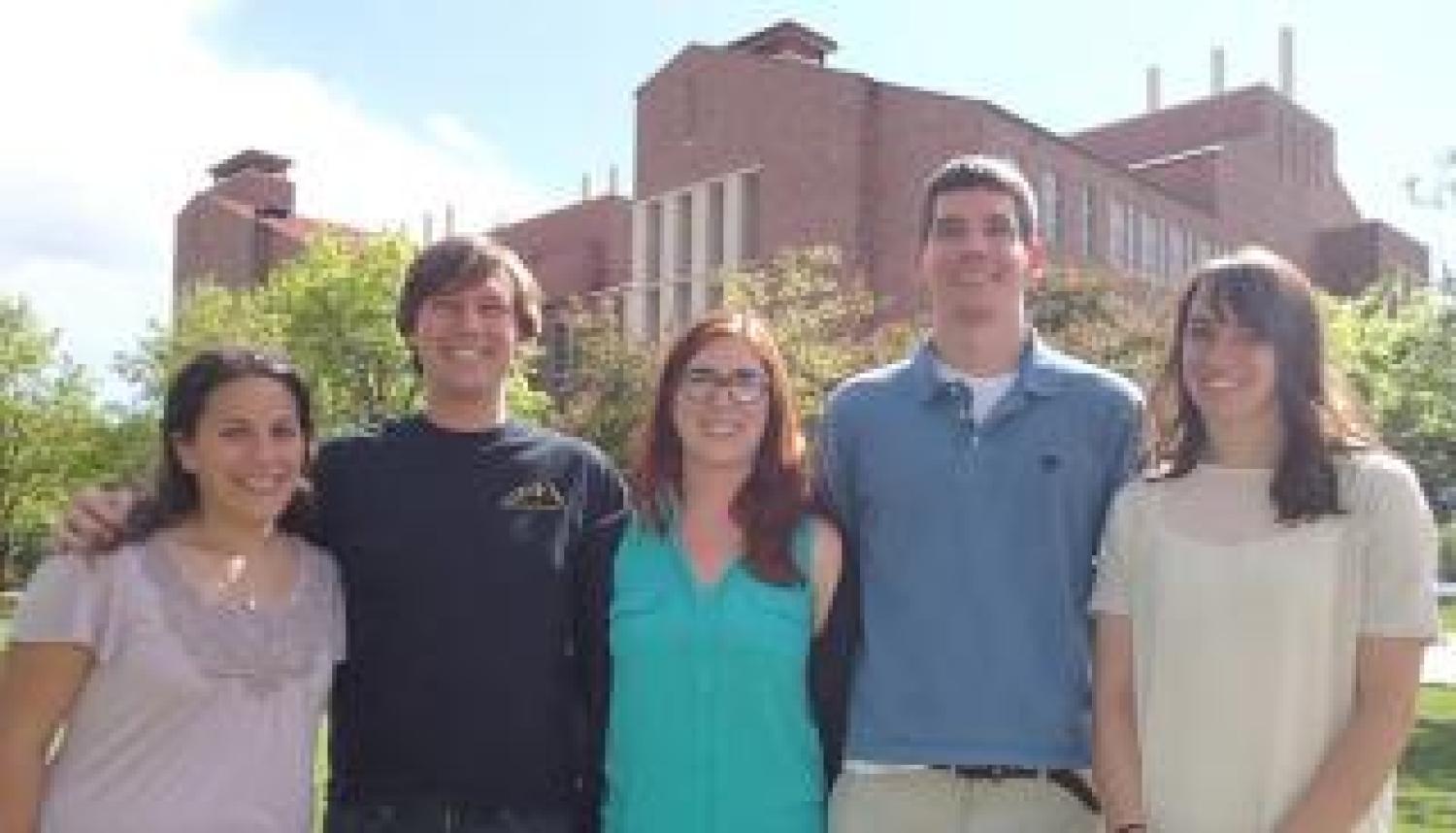
- Caroline Szczepanski - Departmental Service Award
- Chris Muhich - American Institute of Chemists Graduate Student Faculty Leadership Award
- Stacey Skaalure - American Institute of Chemists Graduate Student Award Peter Mitrano - Max S. Peters Outstanding Graduate Award
- Carolyn Schoenbaum - Departmental Service Awards
>>Read about these award winners, their research, and where they are headed post-CU
Class Notes
Let us know what you've been up to! Send us a class note or update your contact information using our easy online form.
T. Scott Martin (ChemEngr ’80) received a Distinguished Engineering Alumni Award from the College of Engineering and Applied Science for his work in Industry & Commerce. Four such awards are given annually to alumni across the college. Martin (left) is pictured with Dean Robert H. Davis in a photograph taken at the Engineering Awards Banquet in April.
For his influential support of CU, Mike Wirth (ChemEngr ’82) received the University Medal at CU-Boulder’s Spring Commencement Ceremony May 9 at Folsom Field. (left)
Erlinda Stafford (BS ChemEngr’84) has worked at Lockheed Martin for the last 28 years in Propulsion Engineering. She helped build the Cassini spacecraft propulsion system, worked the Athena launch vehicle, and now supports the Project Orion crew module propulsion system. She has two children (17 and 15 years old), likes to ride and sometime race her road and mountain bikes, and likes to garden.
Brian Kihn (ChemEngr’92), currently a senior project manager at Amgen, was honored with the first annual ChBE Distinguished Mentor Award. (left)
Kevin Green (ChemEngr’96) is currently an assistant winemaker at Apolloni Vineyards. Green contributes to all aspects of winemaking, including the estate and leased vineyards, grape analysis, laboratory, wine fermenting, blending, bottling, and finishing. Green received a degree in winemaking and viticulture from Chemeketa Community College in Salem in 2007.
Jonathan Scheffe (PhD ChemEngr’10) has accepted an assistant professor position in mechanical engineering at the University of Florida. After leaving CU, Scheffe completed postdoctoral work at ETH Zürich in Switzerland under the direction of Professor Aldo Steinfeld.
Faculty, Staff & Student Awards
Assistant Professors Anushreee Chatterjee and Prashant Nagpal were named New Inventors of the Year by CU-Boulder’s Tech Transfer Office.
A patent for improving drug formulations was awarded to Professor Ted Randolph and the CU-based company BaroFold, Inc.
Professor Kristi Anseth, along with former graduate students Cole DeForest and Benjamin Fairbanks and former research associate Brian Polizzotti, received a patent for a technique to create highly customizable hydrogel materials, which can be used in many biomedical applications like drug delivery, tissue and biosensors.
Professor Chris Bowman was awarded a patent for an advanced photolithography technique that allows for more precise fabrication of microdevices such as microchips, microfluidics and microelectromechanical systems (MEMS).
Professors John Falconer and Richard Noble were awarded patents for methods to make improved gas separation membranes.
Professor Al Weimer was awarded a patent for a process that uses concentrated sunlight to form syngas or hydrogen.
Maria Toscano-Leary received the 2014 ChBE Employee Recognition Award and the college’s April 2014 Employee Recognition Award.
Recent PhD graduate and Bryant group member Stacey Skaalure received a prestigious Whitaker Scholarship; she will begin a two-year post-doctoral position working in Professor Molly Stevens' lab at Imperial College in London this fall.
ChBE graduate students Ian Marozas and Colleen Courtney both received NSF Fellowship Awards, while Keesha Erickson received an NSF Honorable Mention. Marozas was also awarded a Ford Fellowship.
Kayla Weston was awarded the Colorado Engineering Council’s 2014 Silver Medal, the top honor given annually to a graduating senior. This marks the sixth time the medal has gone to a ChBE student in the last 10 years. Weston also received the ChBE Outstanding Senior Award.
Varsity Cross Country Team member Rachel Viger received the American Institute of Chemists Undergraduate Award and a University of Colorado 2014 Scholar-Athlete Award. Rachel was a 2014 distinguished Senior in Chemical Engineering and was named First Team All-Academic in the NCAA PAC-12 Conference.
Undergraduate Brennan Coffey was one of only three CU students to be named a 2014 Goldwater Scholar.
May 2014 graduate Elizabeth Horneber received the Outstanding Graduate for Service Award from the College.
May 2014 graduate Brandon Lin was honored as the college’s Outstanding Graduate for Academic Achievement, an award which goes to the undergraduate student with the highest GPA.
Undergraduate Duncan Chadly received the 2014 Genentech Outstanding Student Award.
Letter from Chair Dan Schwartz
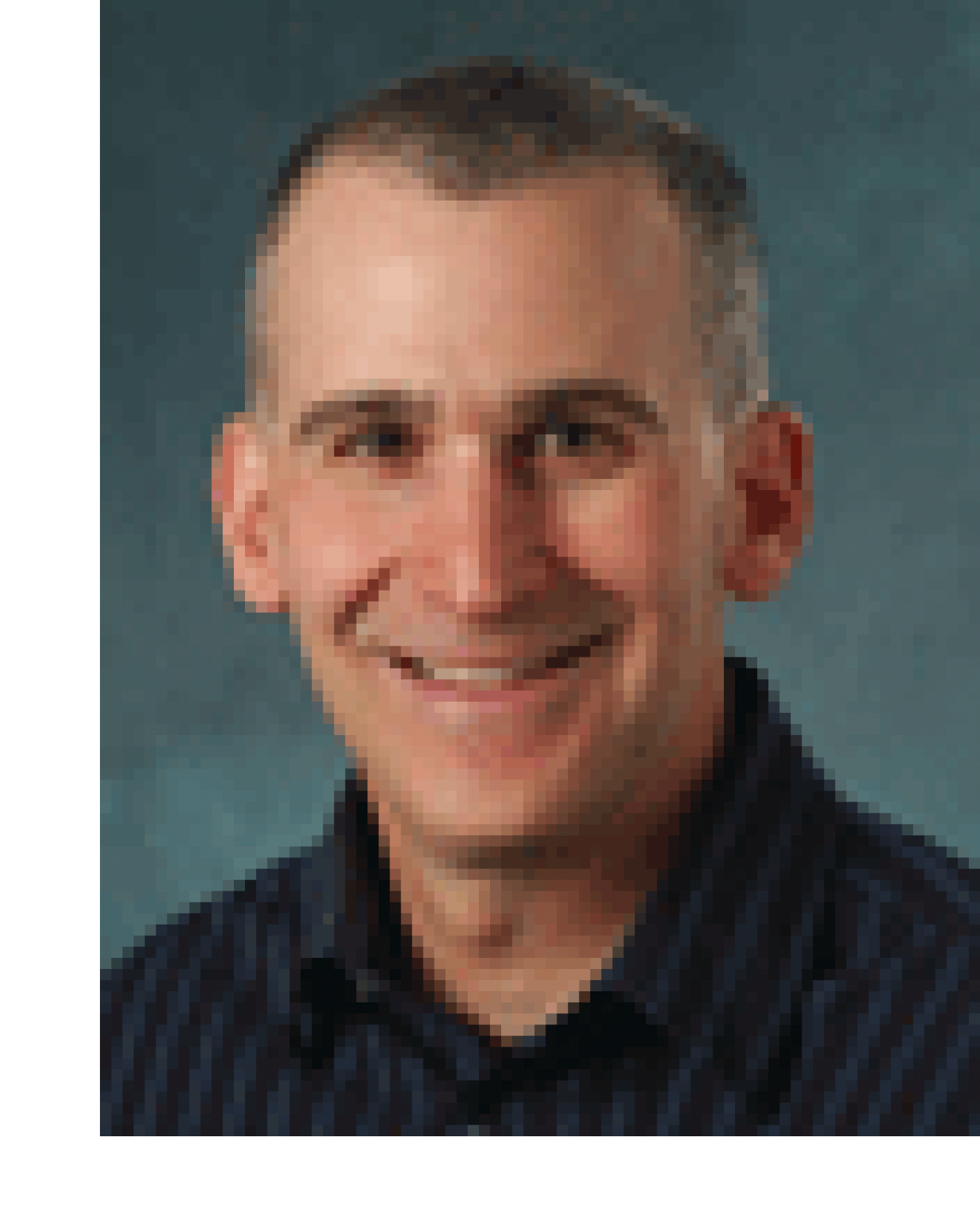
Roughly 10 years ago, ChBE embarked on a long-term plan to improve our rankings. In the first stage, we focused on performing like a top 10 department. We recognized the need to improve research facilities, increase the level of external research funding and publish research in the very best journals. Before long, our performance was competitive with the top departments in the country, and we really had something to brag about. More recently, we initiated a second phase of the plan, actively promoting the department and its successes. The cumulative effect has been dramatic, and our ranking has improved from the low 20s, to 18th, and most recently this year to 14th in the country.
The ride isn’t over yet, however, and we’re looking forward to joining our peers in the top 10 very soon.
Dan Schwartz
Department Chair
Be Philanthropic
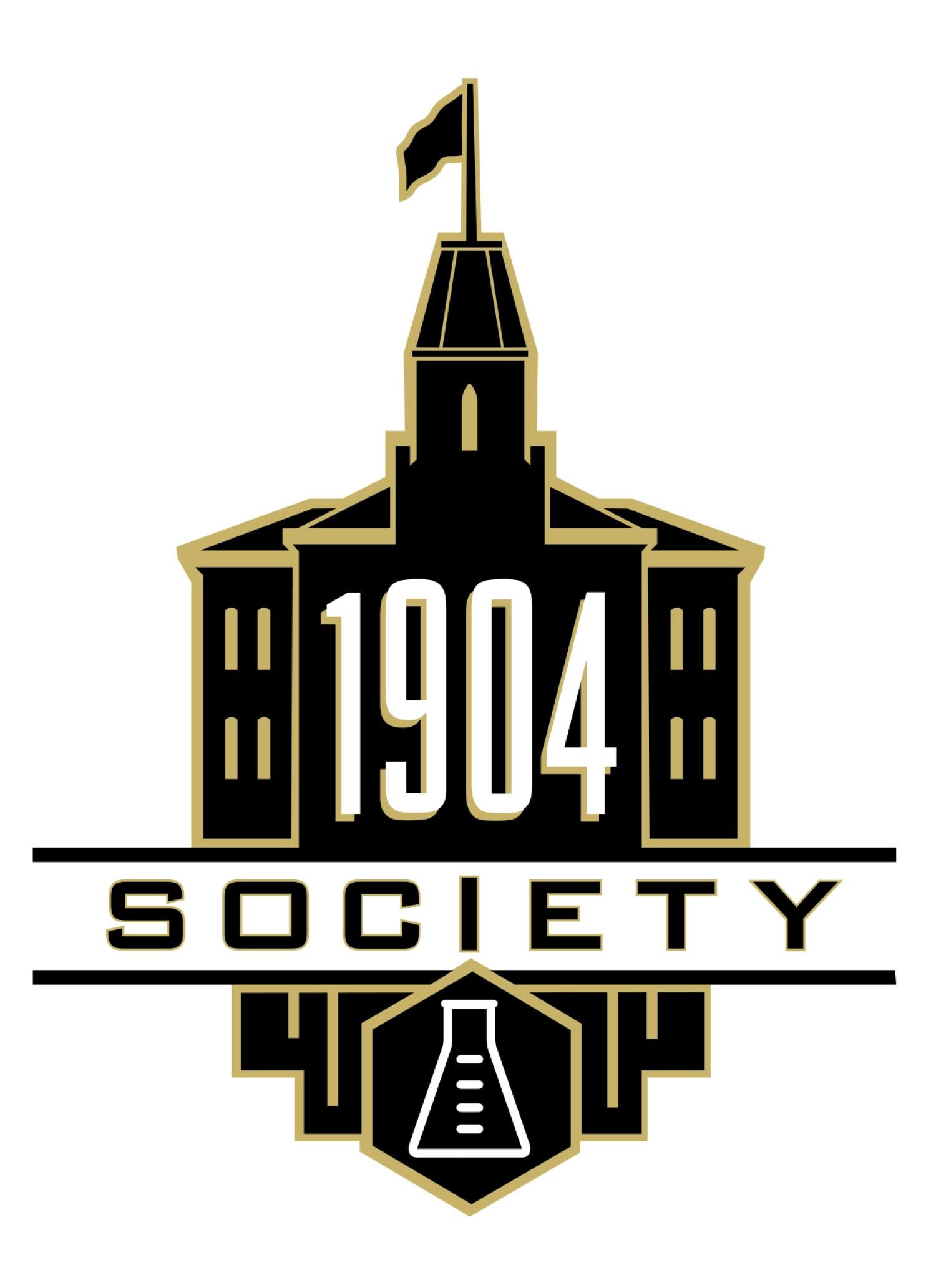
The mission of the 1904 Society is to create a community that promotes the interests of ChBE students, alumni, faculty and staff. Become a charter member by contributing at the Pilot Plant or Production Facility level! Click here to learn more.
Upcoming Events
Thurs July 17
CU Engineering College Picnic 5:30 p.m. – 7 p.m. at North Boulder Park in Boulder
Tues Sept 23
Meet Buff Employers, focus on Research, Design & Engineering 4:30 – 6:30 p.m. in S350 and Abrams Lounge in the Center for Community
>>More alumni events
ChBE in the News
Hrenya Group Article on Formation of Clusters in Granular Flows Featured in JFM Focus on Fluids
Crowdfunding Initiative for Recycling CO2 into a Fuel Using Sunlight
ChBE Research Featured in 2014 NSF Compendium of Technological Breakthroughs
Splitting Water: Harnessing Sunlight to Split Water for Clean Hydrogen Fuel
ChBE Highlights - April 2014
Welcome Ana Cleves and Lauren Miremont
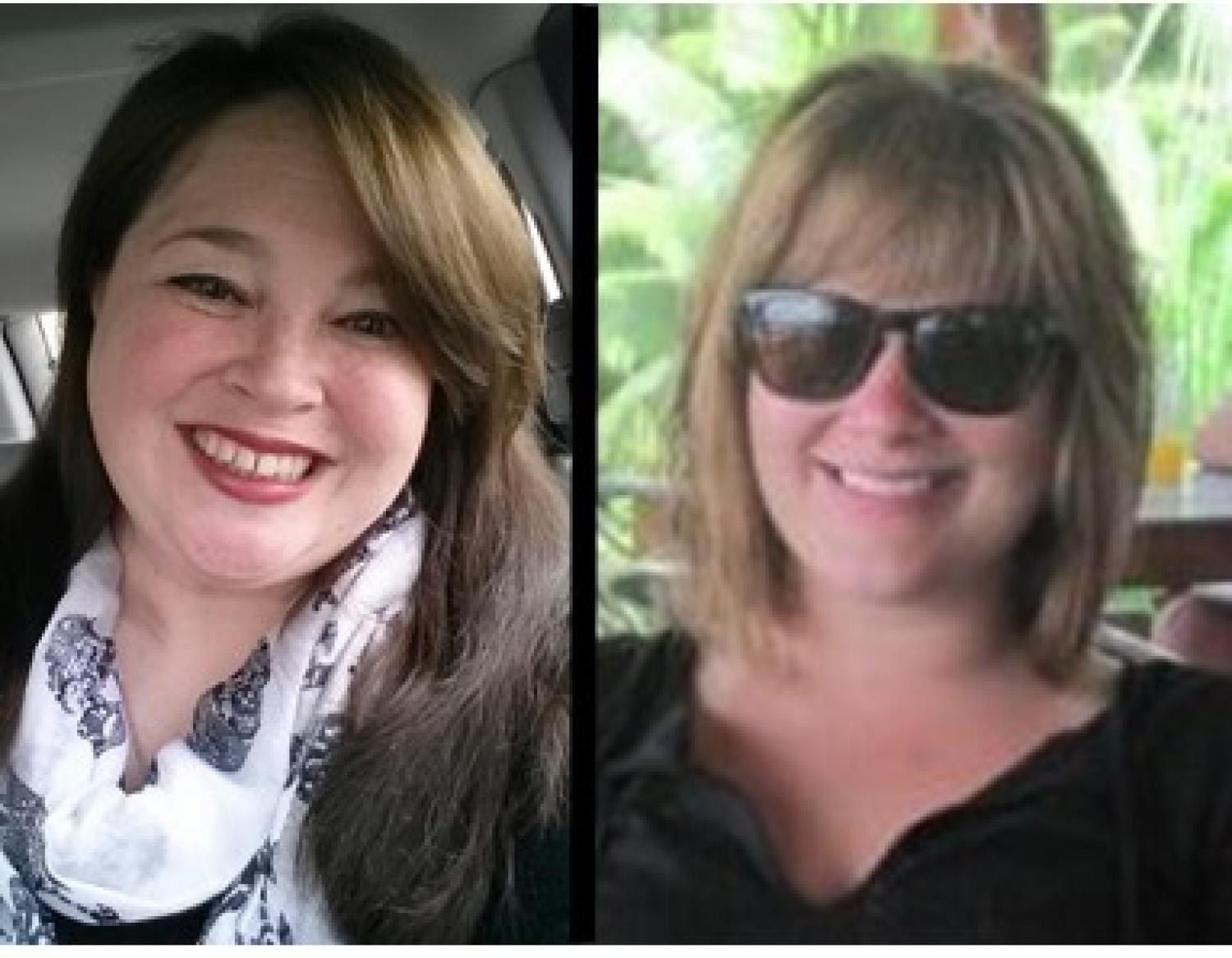
We are happy to welcome new ChBE Office Administrator Ana Cleves (left) and Financial Manager Lauren Miremont.
Ana recently moved to Colorado from Georgia, where she most recently worked at Kennesaw State University for nearly eight years. A graduate of Florida State University, Ana has extensive experience in both human resources and operations management in academia, government and the private sector.
Lauren is a CU-Boulder alumna with a BA in history and a minor in political science. She also has a MS in accounting from CU-Denver and recently finished her exams to become a CPA. She worked for CU-Boulder Parking Services from 2006-2012 in several roles, including as an accounting tech and manager. After a brief period working for the State of Colorado, she returned to CU, where she worked for Sponsored Projects Accounting from 2012-2014.

